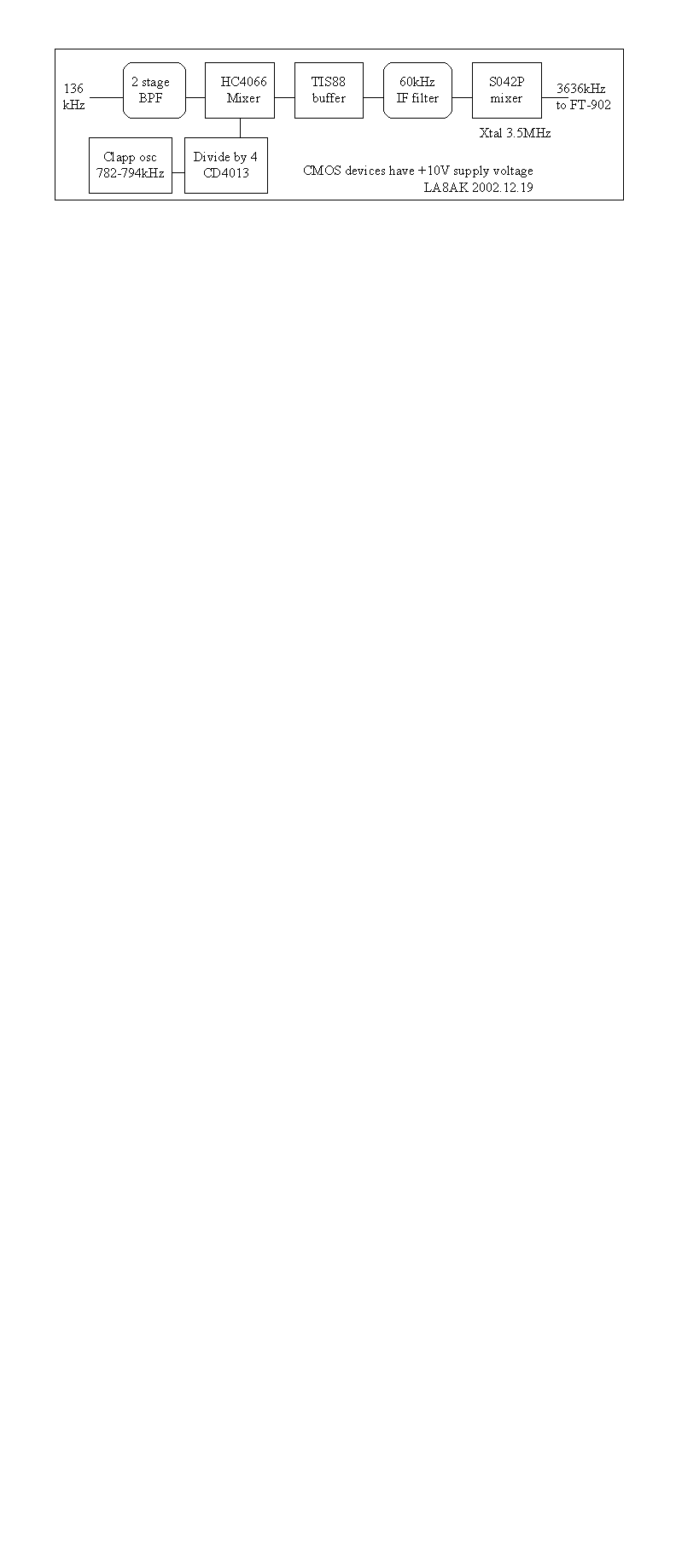Hi
It seems to be some problems with expressions. My first reaction is as simple as
saying that "if it is three variable" you don't know what makes the improvement
when you change all three at the same time.
For many years I thought that it was an idea to use a balanced amplifier, and
did
some efforts on this. But how do you build a balanced amplifier? The article in
Electronics World August 2002 shows the application of an OP-amp, this is
probably
the only realistic solution. Have also seen some more or less strange versions
with
2x MPF102 and 2N3904 or similar.
My experience (and other) says that it is extremely difficult to build a balanced
amplifier, as is it to build a balanced mixer using JFETs, it doesn't come by
it's
own. JFETs have very much varying IDSS, and for MPF102 it is quoted 2-20mA. But
even
if you find two almost equal devices you should verify the balance.
What is the advantage if one device has Yfs 10% lower than the opposite?
The center-grounded-loop is already balanced at as long as you use a high impedance
amplifier connected to one side it is still balanced.
But I was curious, I had already experience that the high impedance amplifier
wasn't
necessary for 80m or 160m, it only added extra noise, the only purpose it
serves is
impedance matching between the high impedance side of loop to the receiver -
with
some gain, but you don't need this gain, so the difference is only extra noise.
A coupling loop is sufficient on 160 and 80m - with less atmospheric noise.
My converter system doesn't have much gain, but as long as noise increases when
antenna is
connected it is an indication that sensitivity is better than needed.
73 es happy xmas
Jan-Martin
LA8AK
-----Opprinnelig melding-----
From: Ashlock,William [mailto:[email protected]]
Sendt: 22. desember 2002 18:30
Steve says:
"I have had good results with an ordinary (unbalanced) air-core loop of 10'
diameter. Nulls are approaching 50 db on groundwave signals. The loop uses
a standard single-turn pickup loop out to the rx via 50 ohm coax. I agree
with Jan that a preamp is of no value once your limiting noise floor is
background sky/atmospheric noise".
Jan says:
"As long as the background noise without pre-amplifier is 10-20dB above the
background band
noise it is totally vaste to use a pre-amplifier, it may only worsening the
result I already agree to the balance, but using a balanced amplifier for a
balanced antenna is only amateur nonsense."
I'm guessing that the only problem we have here is the terminology. Steve
says his loop is unbalanced. I would call it 'floating' since the connection
to the receiver is an isolated single-turn pickup coil. If he were to
connect one side of the main loop winding to the coax shield it would become
unbalanced and the performance would be degraded considerably.
If the loop is a single winding center-tapped design, a balanced amplifier
having three input connections, a +, -, and a common is needed. Call it a
differential amplifier if you would like.
At my base situation an amplifier is required because I do NOT have the
'10db above background' condition, identified above, for my weakest signals.
The problem is that there are large 60Hz plus harmonics (buzzz), currents in
the ground that my 200ft coax lead-in picks up. I'm thinking of trying a
balanced line (oops, here we go again <G>) per John Andrew's suggestion, in
order to eliminate this pickup ......so the need for the amplifier goes
away.
Bill A

| 
